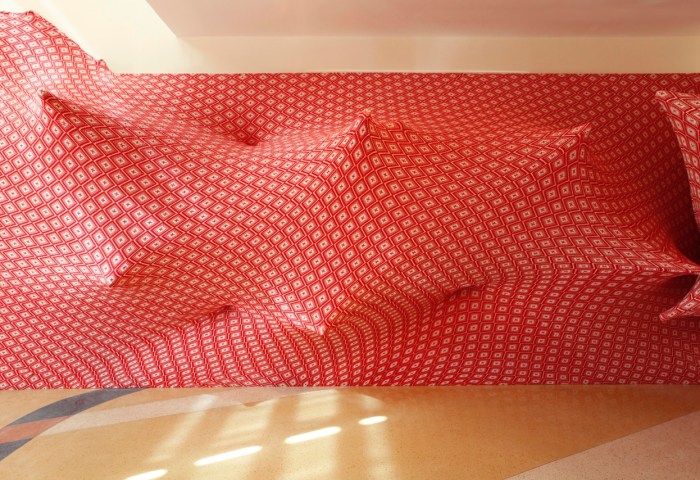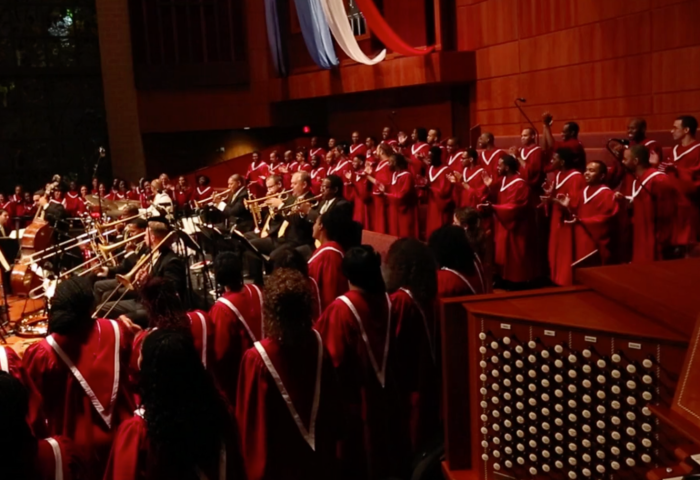Above: Jérémy Gobé, Installation view at bassX in Miami Beach. Photo: Christiaan Lopez-Miro. This post is part of series on how Knight Arts Challenge winners have taken their arts projects from idea to fruition. You can find the entire series linked below. The thought of reaching out to, seeking help from, or working with a […]
Article · April 18, 2016 by J.C. Pérez-Duthie

